Pendon's Dartmoor
Pendon Museum is a ‘must visit’ for every model railway enthusiast, and the work of legendary modelmaker Roye England is open to the public throughout the year. MIKE WILD visits the museum and discovers one of the treats in store: the Dartmoor Scene. Photography, Mike Wild.
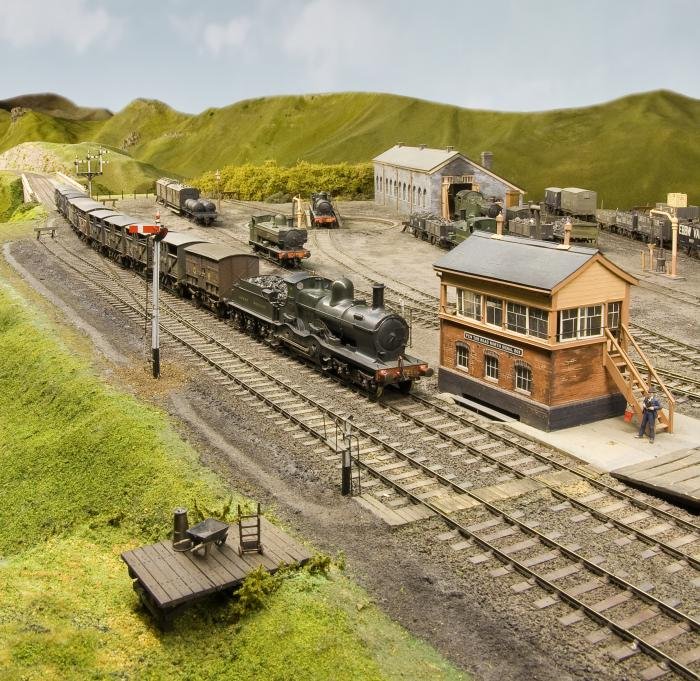
Above: GWR 4-4-0 3256 enters Pen Tor North Road with a cattle train. This layout, and many of the locomotives, were built in the 1950s.
PENDON IS A very special place. There are but a handful of model railways which are open to the public, and even fewer on the regular basis with which Pendon opens its doors. The museum is home to three fully-operational layouts: the Madder Valley Railway built by John Ahern in the 1930s, the Dartmoor Scene which started the museum back in 1955, and the ‘new’ project, the Vale Scene, which was started in 1972 and is still under construction.
The Vale Scene will be featured in the next issue of Hornby Magazine, but here I’ll concentrate on the museum itself and the fabulous Dartmoor Scene.
The man behind Pendon was Roye England. He was born in Perth, Australia, in the early-1900s and came to England in the 1920s at the age of 18. His dreams of seeing the Great Western Railway with own eyes became true on the day he arrived at Plymouth docks.
Roye was an avid railway enthusiast and was equally enthusiastic about model versions too. He had bold ambitions to build big layouts, but none of this happened until after his arrival in England. On arrival Roye spent time in London, Birmingham and Cornwall until, by surprise, a letter arrived from a relative living near Swindon. This, as Roye says in In Search of a Dream, a book all about his life and work, “I little thought that by accepting May’s apparently casual invitation, I was on the way to setting not only my own future course in this country, but the character of the whole model venture as well.”
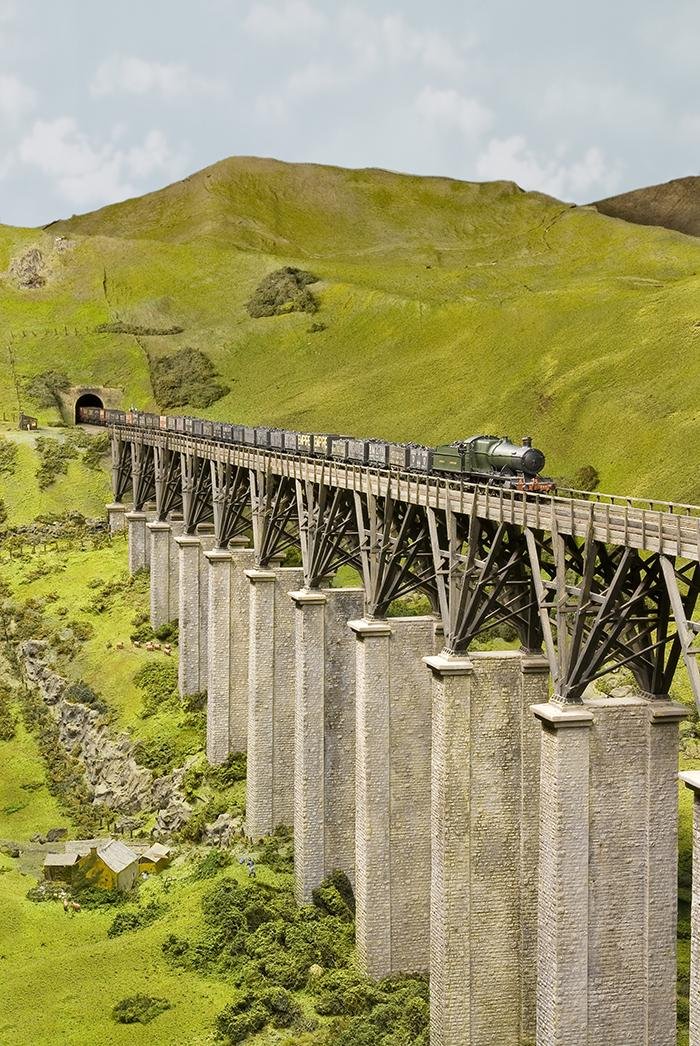
Above: Pendon’s signature is this: Walkham Viaduct, which started the Dartmoor Scene. A GWR ‘28XX’ crosses with the impressive 80 wagon coal train.
It was here, living in the Vale of White Horse in Wiltshire, an area now bounded by the M40 motorway to the north and the M4 to the south, that Roye became inspired to begin creating miniature models of local houses and farm buildings which now adorn the layouts within Pendon Museum and also where he spent much time studying, photographing and considering the potential of a true scale model.
Early on in Roye’s plans to create a working model railway he decided that he wouldn’t be the one to build locomotives and rolling stock. What he wanted to create was buildings using his preferred material – card. This also helped start the process, as initially there was no space available to build the layout he desired, nor money to invest in such a project. However, buildings were possible and he set about building structures with the ultimate aim that the whole project, railway, rolling stock, buildings and scenery, would look real down to the tiniest detail.
In the early 1950s Roye joined the Bristol ‘7-4-2’ Club – a model railway club which catered for 7mm, 4mm and 2mm scales, and this is where the start of his dream really began. Here he met like-minded modellers and amongst them was Guy Williams, a man who became the backbone in producing locomotives for Roye and Pendon Museum.
Still, it was some time before Roye was to open Pendon Museum. In fact, before that could start he opened a youth hostel in a former village pub in Long Wittenham, and this building remains today on the approach to the museum building. By chance Roye happened upon a sale of redundant RAF huts from Medmenham Abbey, near Marlow, and this 60ft long, 18ft wide building became the beginning of what is seen today on the site in Long Wittenham.
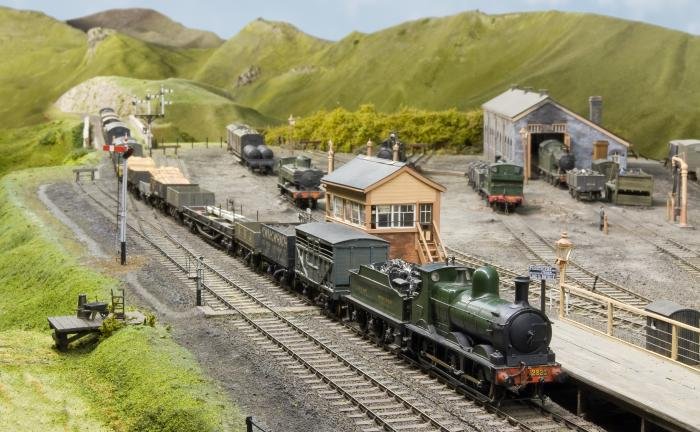
Above: ‘Dean Goods’ 0-6-0 2323 enters Pen Tor North Road. Behind is the locomotive shed where a handful of the fleet are always on display.
INTRODUCING DARTMOOR
The Dartmoor Scene is what started Pendon. Construction started on April 13 1955 the day after Roye’s modelling friend, Guy Williams, arrived with the imposing 13ft Walkham Viaduct. Little did Roye know before it arrived that Guy would be bringing it in a set of suitcases!
The viaduct consists of more than 2,500 pieces and took almost two days to assemble following its arrival, and the first train ran over it four days after assembly commenced. This viaduct is now undoubtedly Pendon’s signature structure and is testament to the quality of Guy’s modelling as it looks freshly-built even 54 years since it was first installed.
While the Dartmoor Scene looks like the real location, it isn’t an exact replica. The layout grew around the viaduct and now offers an xxft long run which includes the station of Pen Tor Road, a locomotive shed and a further two viaducts, although these are much shorter by comparison with the main structure. The buildings at Pen Tor Road station are based on those at Ivybridge and Yelverton, which were researched in detail by Roye England during a week’s holiday in the Plymouth area. The engine shed at Pen Tor Road is based on that at Launceston.
This layout is now deemed complete and the team of volunteers now maintain it to the highest possible standard of operation. Being 50-odd years old, it can cause problems from time to time, but Pendon has experts in all fields of modelling so there is always someone who can repair an item should it fail.
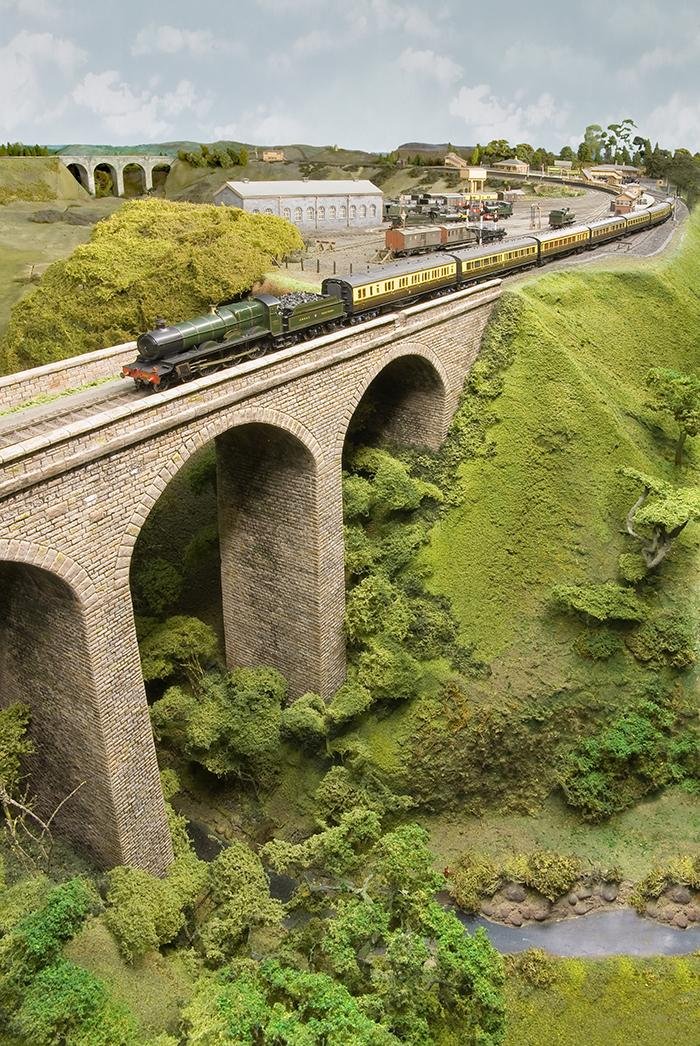
Above: GWR ‘Saint’ 2925 departs Pen Tor North Road. This view gives an impression of the size of this model and the scope with Roye England worked.
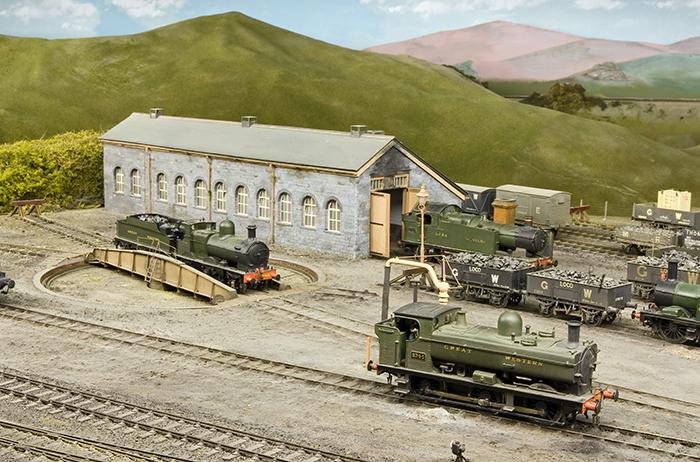
Above: The locomotive shed building is based on that at Launceston.

Above: The buildings are entirely scratchbuilt to suit the location using researched carried out by Roye.
Interestingly, the control panel for the Dartmoor Scene is located at the front in full view of the visiting public. This in itself is impressive as the panel has full control of hidden storage loops and illuminates to show which route and train have been selected. This all makes the spectacle of Pendon’s Dartmoor Scene all the more magical as trains apparently appear from nowhere as the storage sidings are completely hidden from view beneath the massive hills which were built as the backdrop to Walkham Viaduct.
The rolling stock which operates on Pendon dates back to the 1950s and includes a mixture of goods, passenger (both stopping and express) and parcels trains. All of the fleet is modelled in the period between 1923 and 1939, a time which Roye remembered fondly. Around half of the locomotives used on the Dartmoor Scene were built by Guy Williams and the whole layout is built to ‘EM’ gauge, offering a finer scale appearance to the track and wheel profiles of the locomotives.
A favourite amongst visitors is the tremendous 80-wagon coal train which is hauled by a GWR ‘28XX’ 2-8-0. This locomotive is always the chosen motive power for this heavy train which has the potential to reach 100 wagons when the Vale Scene is completed in the room above. Even more impressive, every wagon was built and hand-painted by Tony Smith.
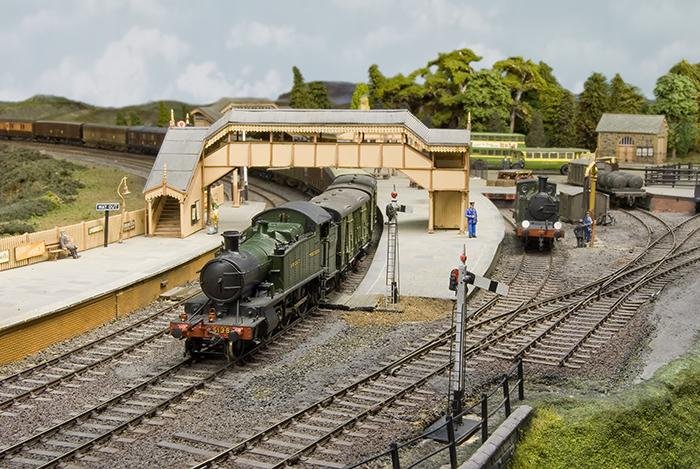
Above: GWR ‘Large Prairie’ 5138 pauses between the platforms with a lengthy parcels train. The Southern Railway ‘M7’ 0-4-4T to the right is one of a handful of non-GWR locomotives in the collection.
PENDON TODAY
Pendon Museum is run entirely by volunteers who have resolved to continue the modelling which Roye began. Such is their dedication that the Vale Scene, Roye’s ultimate layout, is now progressing well, and the museum is open every Saturday and Sunday until December 6 2009 when the group takes a step back to catch up on maintenance during the final month of the year.
There are around 1,000 members of Pendon spread worldwide, and while not everyone can contribute regularly, every now and then a parcel turns up from a distant part of the world with another item for the models. Tuesdays are working days for the volunteers to continue their pledge towards Roye England’s goal and to maintain his original layout – the Dartmoor Scene.
Visiting Pendon is an unmissable experience Whether you’re a fan of the Great Western Railway or not, the layouts within the unimposing frontage to Pendon will inspire and delight. Viewing is heartly recommended.
VISITING PENDON
Where: Pendon Museum is eight miles from Oxford. The museum is located at Long Wittenham, Abingdon, Oxfordshire OX14 4QD. Tel: 01865 407365. Website: www.pendonmuseum.com
When: The museum is normally open every Saturday and Sunday until early December, though opening times currently vary due to Covid-19 restrictions. Additional open days take place during school holidays and the summer. Visit www.pendonmuseum.com or call 01865 407365 for more information.
Get involved: If you would like to become involved with the Pendon Museum, call or visit the website for more details.
Fascinating facts
- Roye England was born in Perth, Australia, and came to England in the 1920s.
- Roye England originally called the site of Pendon, Penden, but a hosteller pointed out that there was no local precedent for a village name ending ‘den’. The name changed after that conversation on June 16 1955!
- Roye England preferred building from card, and hence other modellers became involved to produce locomotives and rolling stock.
- Construction of Pendon’s first layout began on April 13 1955.
- The viaduct on the Dartmoor Scene consists of 2,686 pieces.
- The Dartmoor Scene runs for the public every Saturday and Sunday between January and December each year.
- Every single goods wagon in Pendon’s 80-plus wagon coal train was built by hand.
- Every locomotive which operates on the Dartmoor Scene was built from scratch to ‘EM’ gauge.

